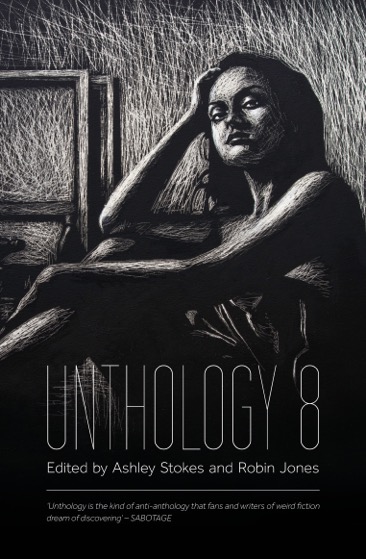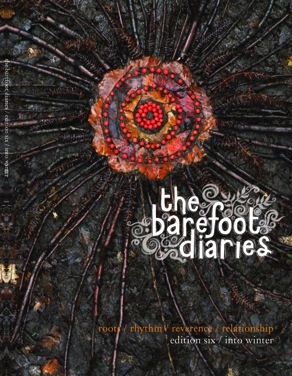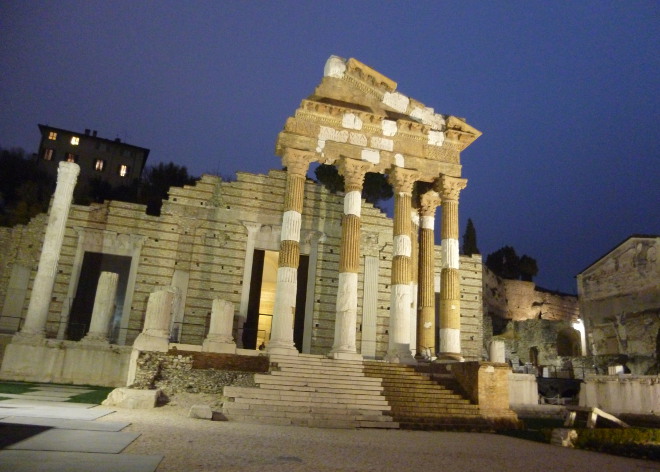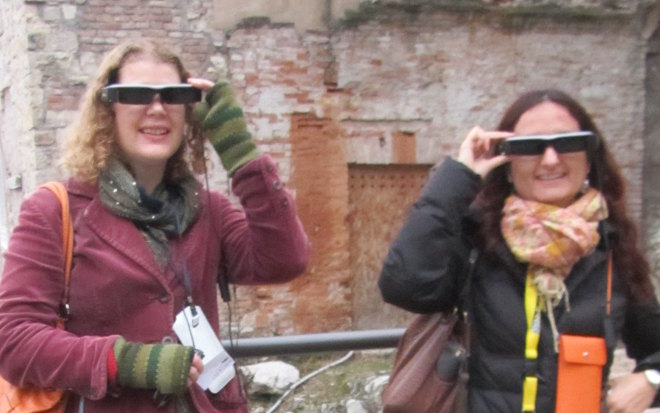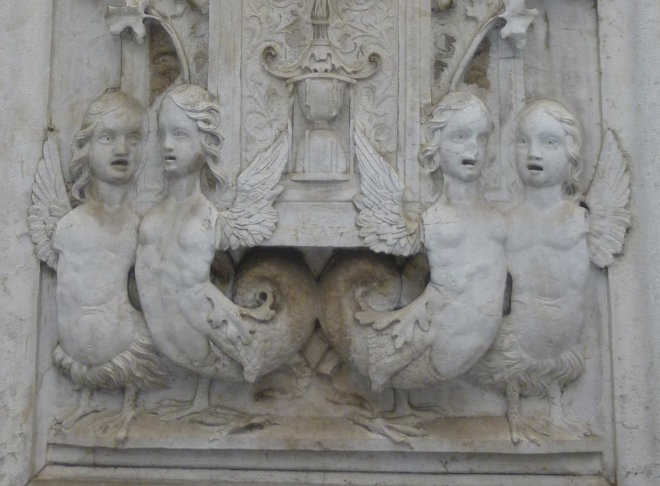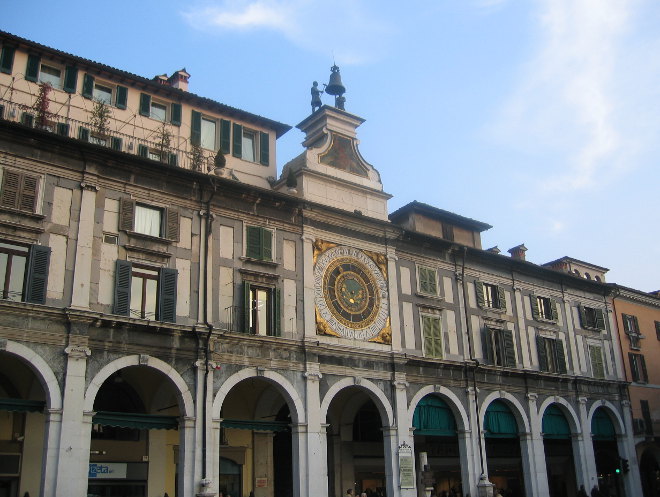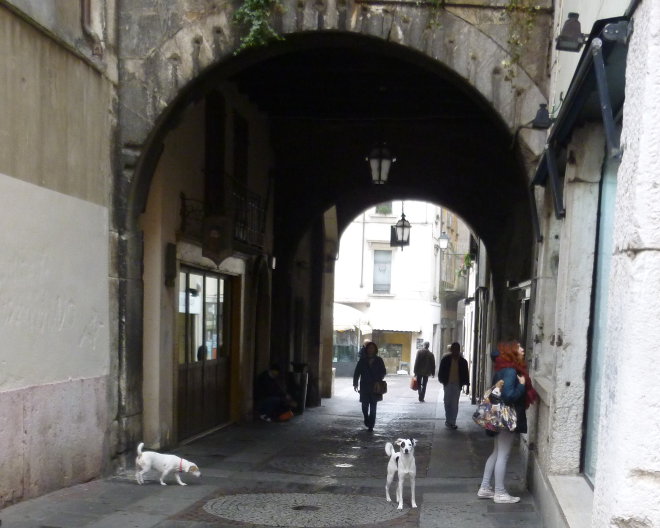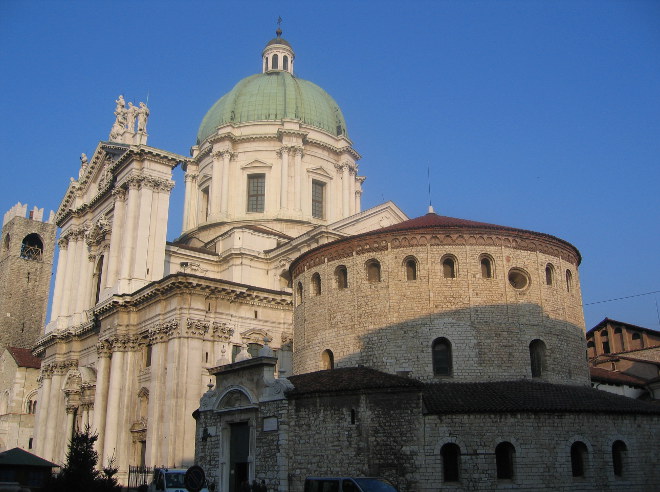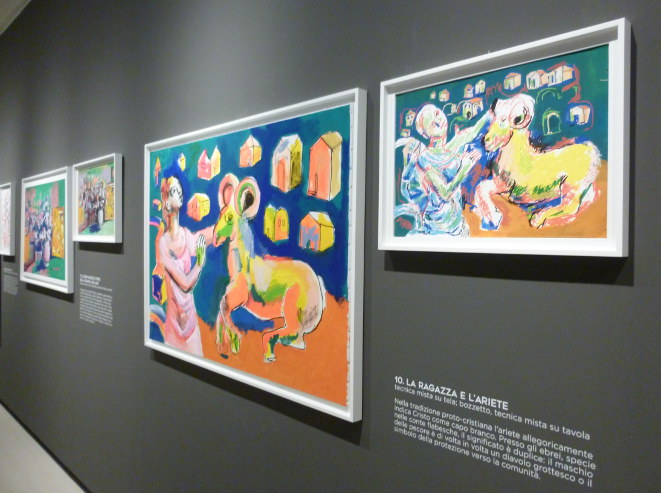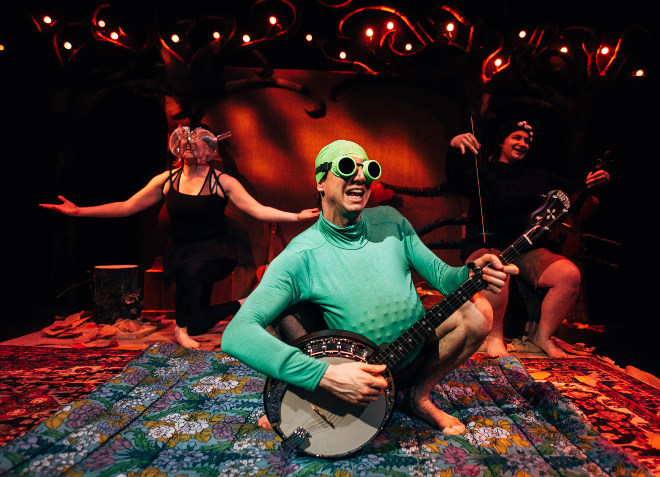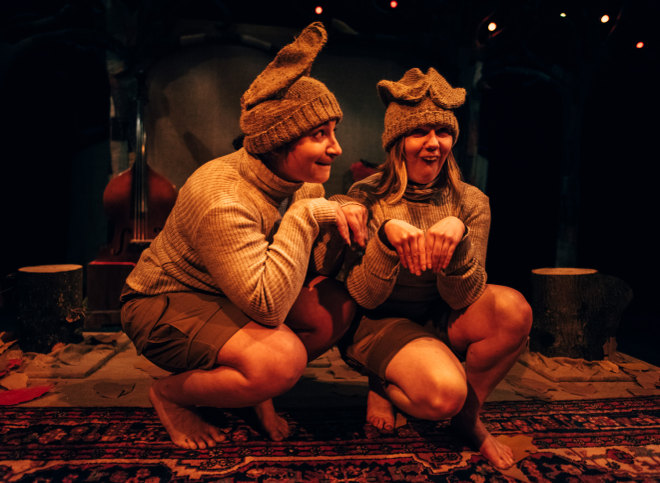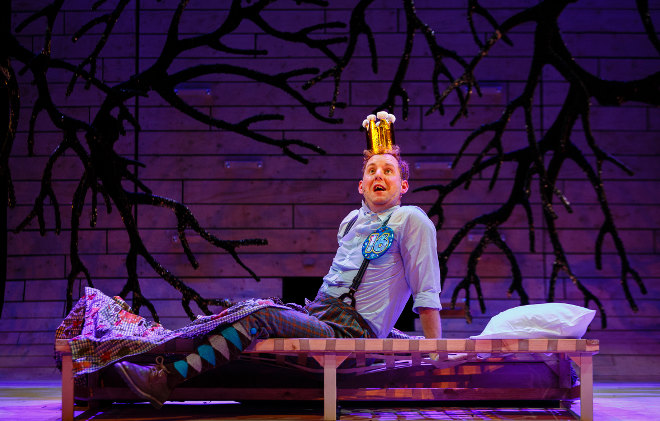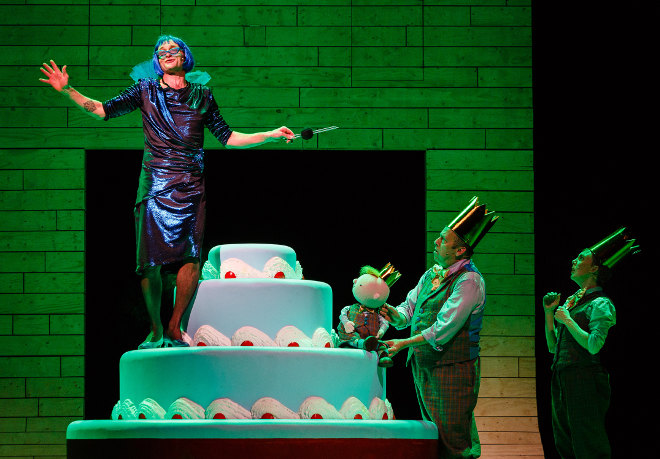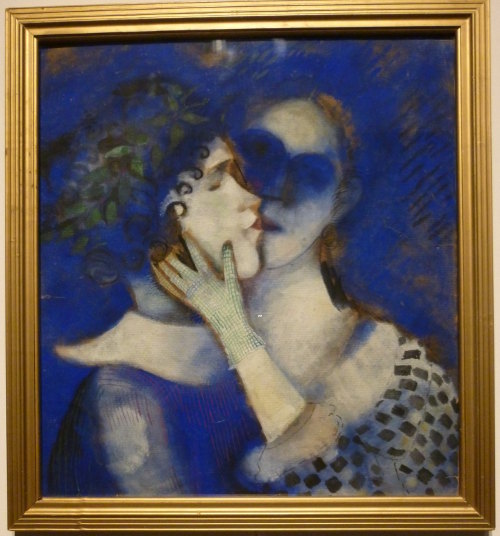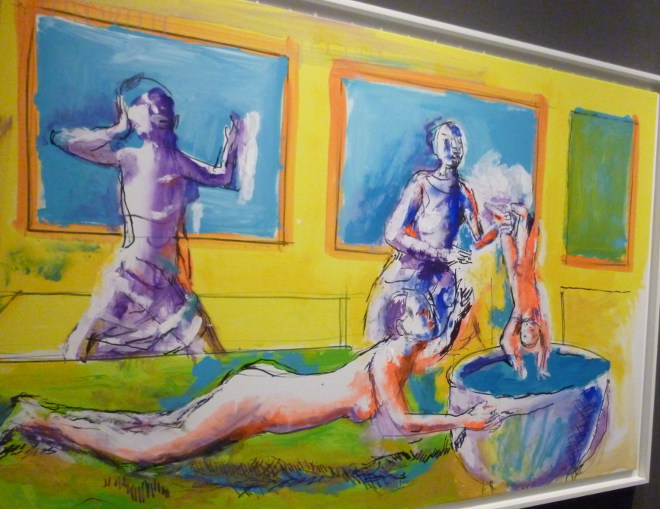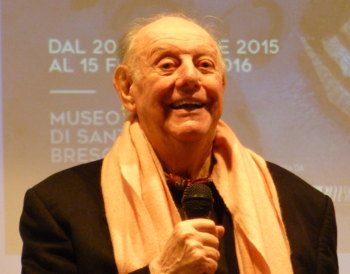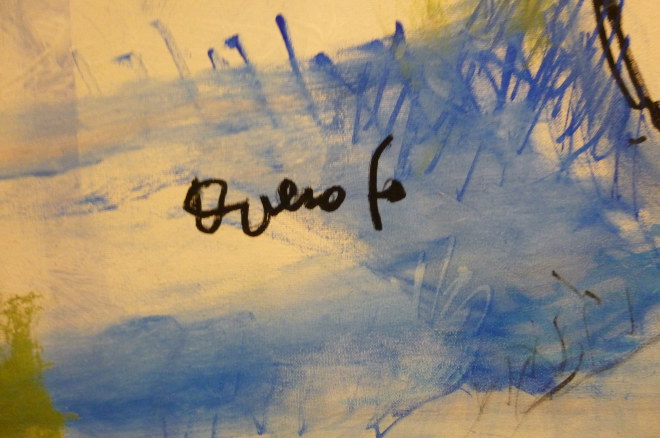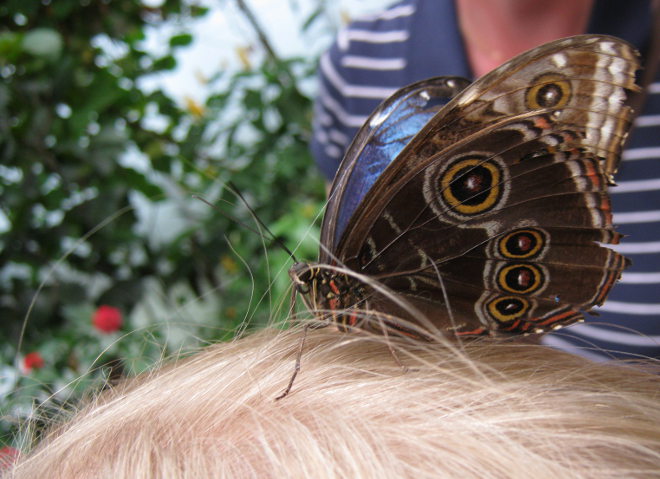 In modern society we’re often encouraged to seek out happiness. We’re taught that it’s our (insert deity of choice)-given right, and that, somehow, not to achieve this mystical state is to fail at life.
In modern society we’re often encouraged to seek out happiness. We’re taught that it’s our (insert deity of choice)-given right, and that, somehow, not to achieve this mystical state is to fail at life.
Yikes.
Yet, and I know I’m not alone in spouting this, I’m pretty sure that the relentless search for joy sows nothing but spiky seeds of discontent – the very opposite of our aim.
Yet there is a way to court positivity in your life. Here are my personal recommendations.
1. Remember that happiness is often shy. The hunt of it will undoubtedly send it hurtling into the undergrowth, anxiety rolling down its woolly shoulders in waves.
Instead, simply pause for a moment and breathe quietly, close your eyes if you can without risk of being knocked over, and let your thudding heart slow down. Ask yourself, how do I feel? Tentatively examine the emotions rippling through your veins and I suspect that below the everyday stresses and annoyances and fears, a quiet little inner voice is mumbling its own merry mantra about who knows what?
See, the trick is not to hunt, but to pay attention, not to the outside world but to your inner self.
2. If you can, draw it to the surface, and give it a listen. More than likely it’s listing the things that make your heart sing.
And whilst a shopping spree or a Game of Thrones boxset may be in amongst that jumble of words, I’m pretty sure more mundane, affordable items are awaiting your attention. Just for instance, the opening refrain of your favourite song, a particular shade of blue the sky sometimes presents even in January, the smell of gently mulching leaves in a forest setting, the pleasure of swapping day clothes for pjs the moment you step through the door of your home, that first sip of your first coffee of the day which just happens to be the perfect strength and temperature.
Actually, that last one is more elusive than any of the others, but you get my drift.
The fact is that, despite its lumbering densely furred appearance, happiness actually has more in common with twinkling frilly winged creature. You’re better off using a butterfly net than a bear trap. Better still, your own two hands, cupped gently.
Best of all, sit quietly for a few moments, and see what alights.
3. Even then you must remember to allow your bliss to flit onwards once you’ve admired its iridescence, bright against the sky. Your instinct may well be to grasp that sense of joy with all your strength, but just consider Lennie in John Steinbeck’s Of Mice and Men and what happened whenever he held on too tight.
By relaxing your grip on happiness, you actually let go of the anxiety and panic that threatens to suffocate it.
What remains will be contentment, and that’s infinitely more satisfying in the long run.

